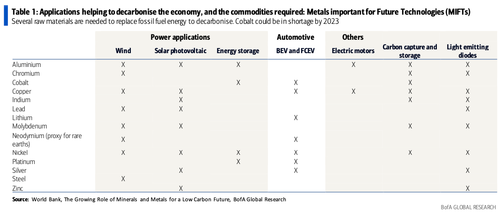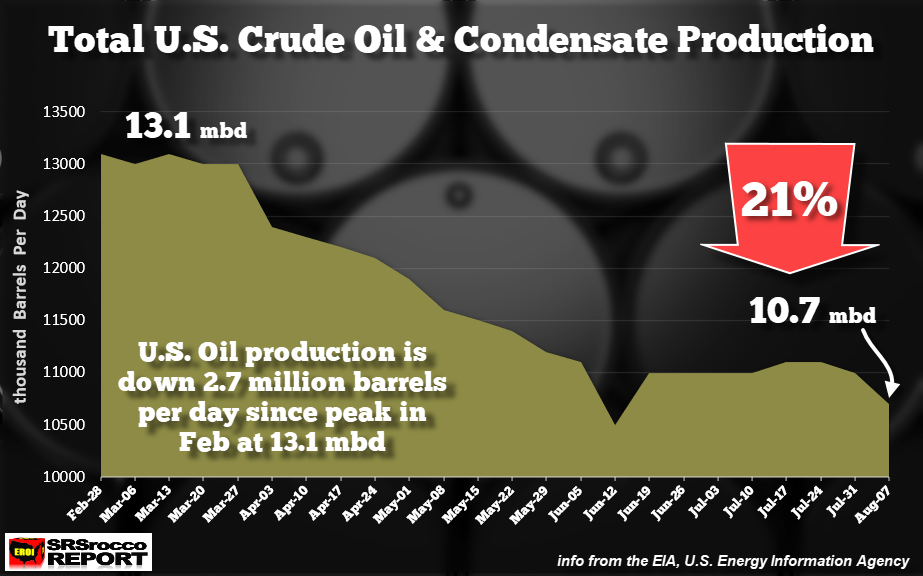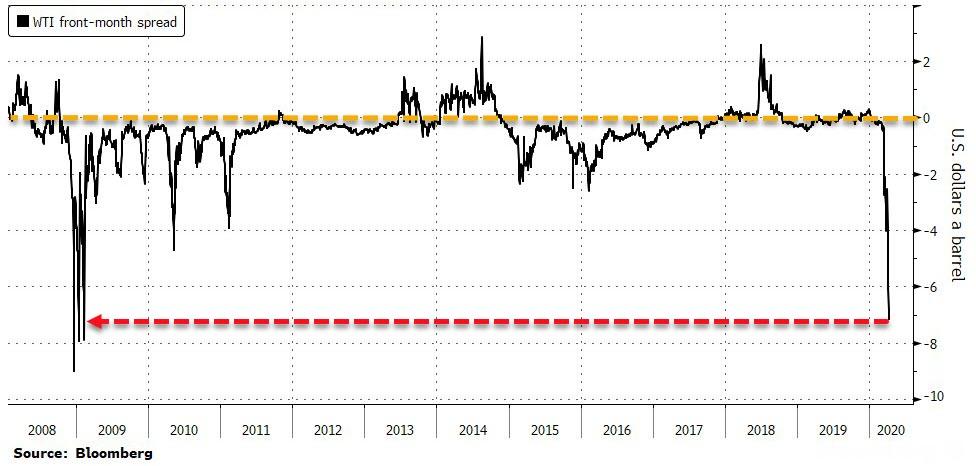The International Energy Agency (IEA), the Paris-based consortium of 30 countries, has told us in its flagship World Energy Outlook 2020 that solar-produced electricity is now the “cheapest electricity in history.” That seems like very good news, that is, until the actual expected impact of that fact is examined more closely.
For those who are concerned about climate change and the need to reduce greenhouse gas emissions from electric generation, it is certainly good news—but not quite good enough to make a dent in fossil fuel emissions.
Setting aside any concerns about critical materials needed to make the solar revolution reach completion, it may surprise many readers of the “cheapest electricity in history” headline that growth in solar energy will likely NOT lead to a reduction of fossil fuel burning anytime soon. In fact, the IEA’s main forecast has natural gas consumption growing by 30 percent through 2040 while oil consumption levels off but does not decline. Coal use does continue to decline as a share of total energy.
With solar energy and other renewables expected to grow so much by 2040, how can this be so? The answer is that what the IEA calls non-hydro renewables (solar, wind, geothermal, biomass) will provide 80 percent of the INCREASE in expected global electricity demand. That means that the fossil fuel electricity infrastructure will continue to grow and that existing plants will remain in place rather than be supplanted by renewables.
Of course, for the part of the economy that runs on liquid fuels including transportation and many industrial processes requiring high heat, more renewable electricity doesn’t make much of a dent in fossil fuel use. Even where transportation is being electrified, the growth in internal combustion engine vehicles continues to dwarf those running on electricity…
…click on the above link to read the rest of the article…



















